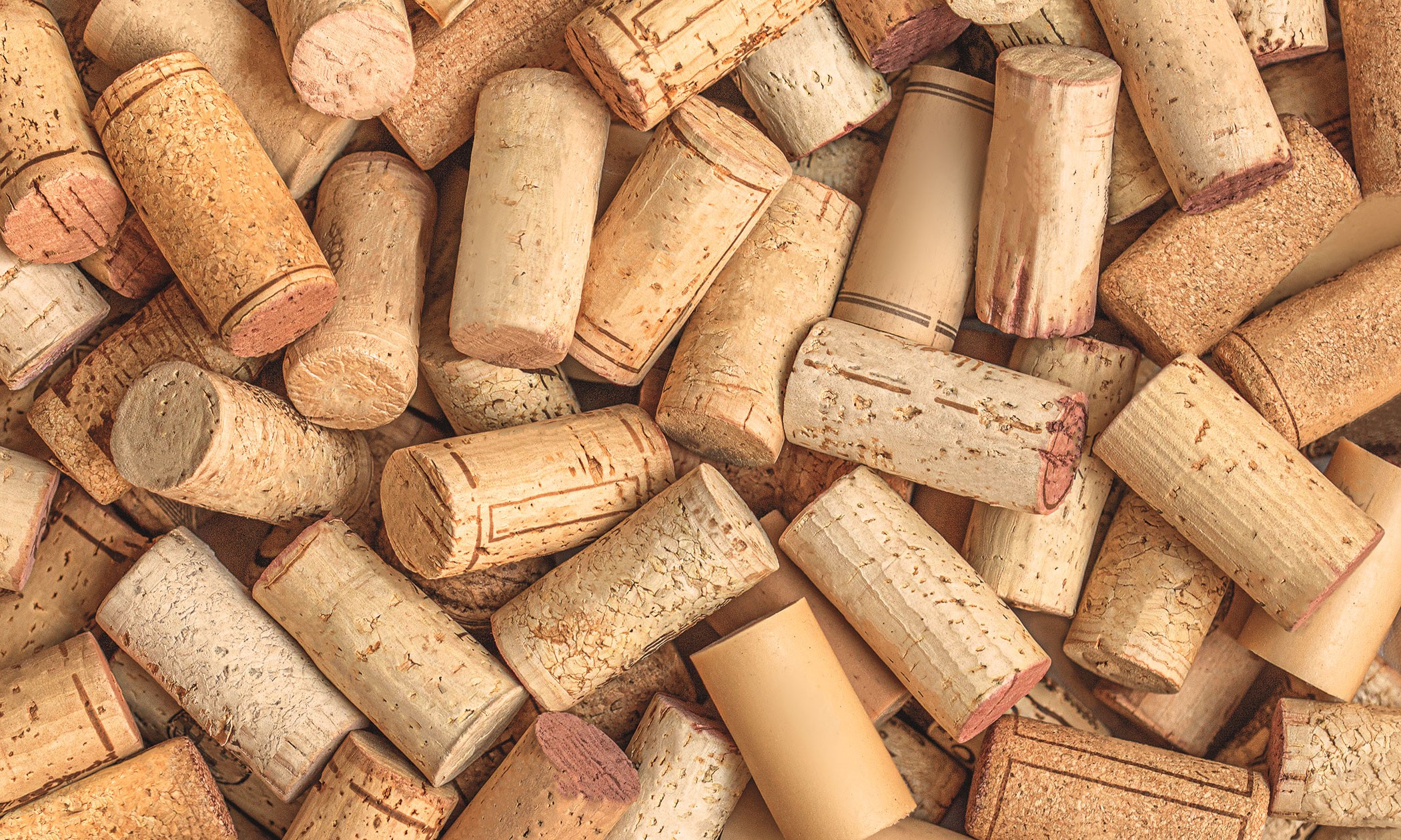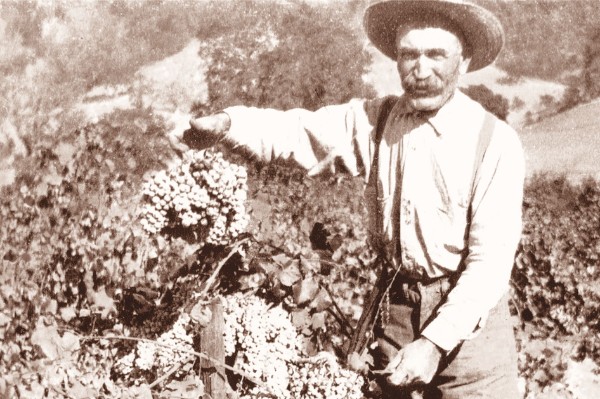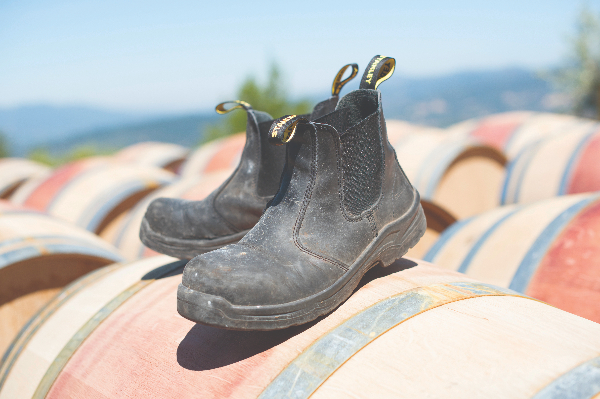There’s no question that Napa Valley wineries make some of the best wines in the world. One of the reasons that Napa Valley has earned this reputation is because the region attracts innovators and thought leaders who are continuously propelling the region forward with their quest for excellence. This extends to ever-expanding ways in which the valley’s vintners seek to protect their precious natural resources and lighten their carbon footprints.
One of the many endeavors along these lines is a movement to lean into upcycling, converting materials such as plastic wrap and corks into other products and profit-making opportunities.
The result: Less waste across the board.
St. Supéry Estate Vineyards & Winery is a leader in this charge. The Rutherford winery has organized plastic waste collection for two upcycling initiatives as part of a long and dedicated effort to find ways to reduce waste.
The first, in conjunction with composite decking manufacturer Trex, converts plastic used to wrap pallets of wine and other soft plastics into decking and patio furniture. The second, a partnership with a company called UPM Raflatac, recycles plastic backings from wine labels into new plastic materials, paper products and other items.
Winemaker Brooke Shenk oversees these efforts. In addition to collecting plastic waste from her own winery, Shenk also accepts plastic waste from dozens of other wineries and breweries across Napa Valley.
Once enough of these materials are collected, Trex and UMP Raflatac send trucks to pick up the materials—in 1,000-pound bales—roughly 40 bales—at a time.
“We’re taking simple steps to make a huge difference,” she says. “Everybody uses plastic wrap and label backers, so it’s great to see the valley come together to repurpose them.”
These upcycling initiatives come out of an endeavor dubbed the Napa Valley Zero Waste Collective, a subsidiary of the Napa Green sustainable winegrowing program.
According to Marisa Taylor, winery and climate specialist at Napa Green, the effort represents the collaborative spirit of wineries across the region. She noted that in addition to benefiting the environment, upcycling and recycling materials save a company money by reducing their waste disposal fees.
“It is really exciting to see what we can do when we come together,” says Taylor, winemaker at Darms Lane winery. “It saves money, energy and resources. We cannot separate the environment from the wine industry. We need to do the best we can.”
Another local upcycling program is underway at Amorim Cork America in Napa.
Wine corks are sustainable by their very nature; the products are harvested from the bark of cork trees, most of which come from the Iberian Peninsula.
At Amorim, upcycling efforts focus on repurposing used cork stoppers into beneficial applications in other industries such as architecture (paneling), manufacturing (footwear) and even aerospace (insulation on airplanes), according to PJ Awe, director of marketing and sales at Amorim.
Participating wineries collect spent corks and return them to Amorim, who stores the corks until they have filled a shipping container. The corks are then shipped back to Portugal for processing into other goods.
“It’s conceivable that your discarded wine cork could one day end up in a yoga mat, a pair of sandals or even in space,” says Awe. “Cork is so cool because it literally grows on trees. And the worst-case scenario if cork ends up in landfill is that it will break down because it’s the bark of a tree.”
Awe adds that Amorim even captures the dust that results from cork manufacturing and uses these little granules to power the production facility. Currently the use of this biomass as a fuel source accounts for roughly 65 percent of the company’s energy needs.
Overall, the more vintners and other entities work together to upcycle materials from the wine production process, the more sustainable the industry becomes.
“We really do have strength in numbers,” Shenk says.




